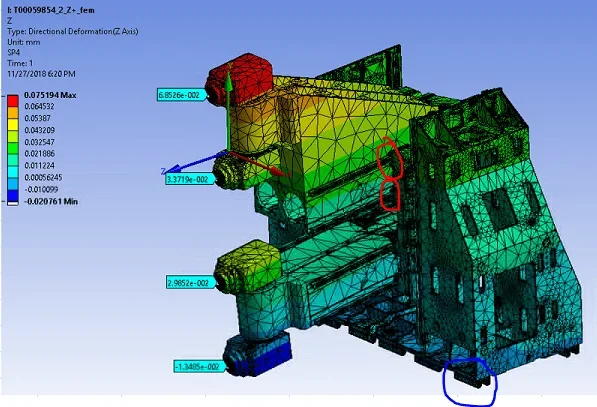gtsolid
Guest
Bye to all,
I'm modeling a complex structure, where the most yielding component, in my view, is the recirculation skates.
I can simulate their yield through a elastic support And I know the results are approaching reality.
All this works until I have a support on the edge of the model.
If instead you want to recreate something like that between skates within the same, how can I simulate them?
Could I impose a material with a lower elastic module on skates, or do you have better suggestions?
I'm modeling a complex structure, where the most yielding component, in my view, is the recirculation skates.
I can simulate their yield through a elastic support And I know the results are approaching reality.
All this works until I have a support on the edge of the model.
If instead you want to recreate something like that between skates within the same, how can I simulate them?
Could I impose a material with a lower elastic module on skates, or do you have better suggestions?

